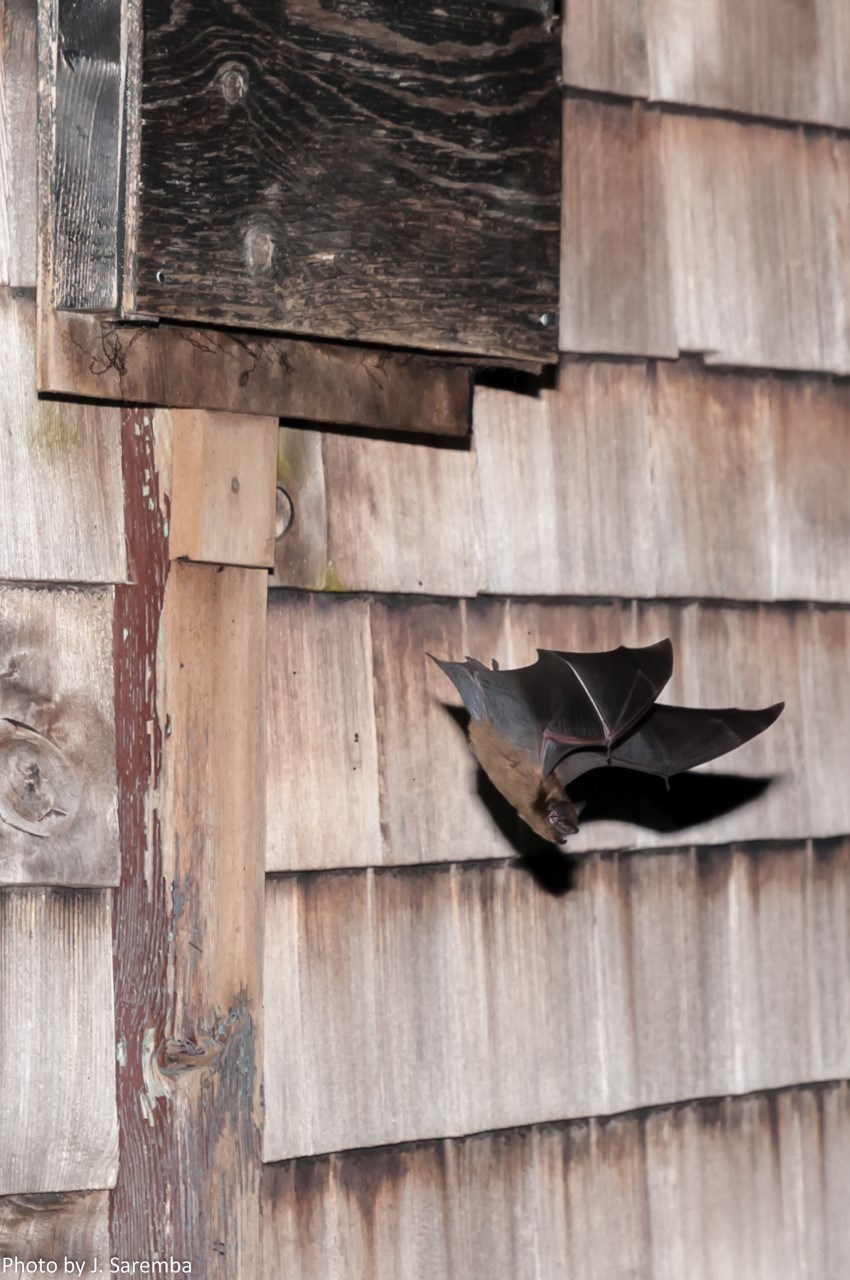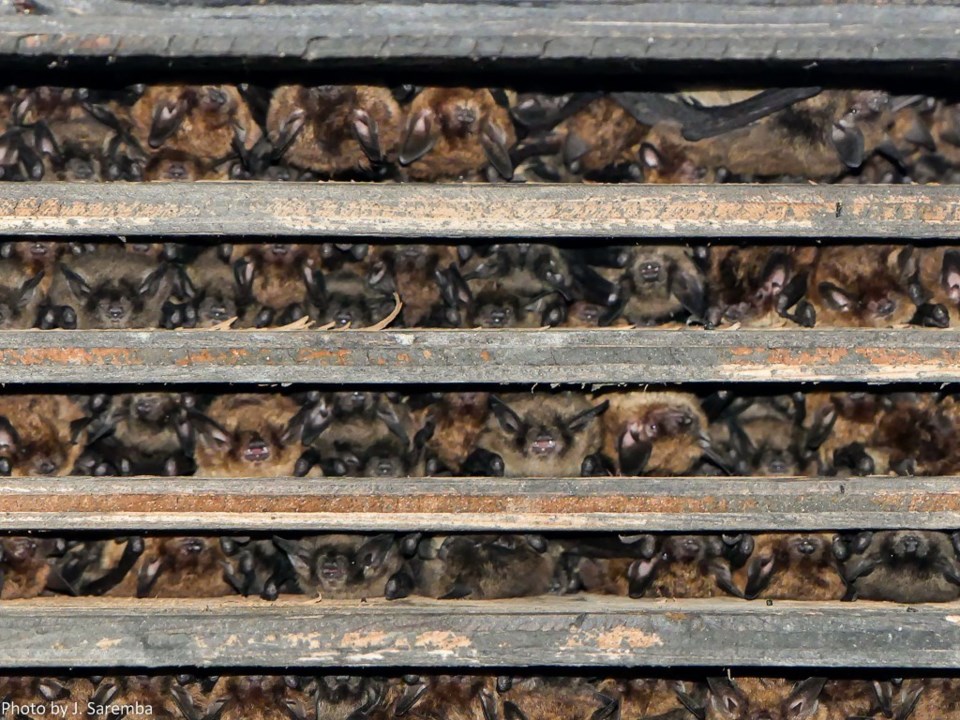Are you curious about bat activity? If you answered ‘Yes,’ then this might be the perfect volunteer opportunity for you.
The BC Community Bat Program is looking for Squamish volunteers for its annual bat count.
"The counts are a wonderful way for people to get involved in collecting important scientific information, as well as learn about bat behaviour," said biologist Mandy Kellner, provincial co-ordinator of the BC Community Bat Program, in a press release.
The Squamish volunteers would be tasked with waiting at strategic locations and counting bats as they fly at twilight.
Helpers record the final number along with basic information on weather conditions.

Volunteers would be needed for two counts between June 1 and 21, before pups are born, and two counts between July 11 and August 5, when pups are flying.
In 2018, the Annual Bat Count collected baseline data on bat populations at 214 sites across B.C., according to the BC Community Bat Program's Danielle Dagenais, who is the organization's regional co-ordinator.
The hope is to find more sites for 2019.
"Squamish has a lot of bat activity," said Dagenais in the press release. "If you have bats in your home or attended one of the bat house building workshops, please contact me to join our program."
The information gathered will help bat biologists understand bat distribution and normal variation in colony sizes before B.C. is impacted by the fungal disease white-nose syndrome, which has ravaged populations south of the border.
White-nose syndrome does not harm humans, but is fatal for bats.
Though not yet identified in B.C., the disease has spread through Washington State.
Three Canadian bat species have been listed as endangered, due to the syndrome. One such species is the little brown bat that uses buildings and bat houses to raise its pups in the summer.
“Results from the bat count may help prioritize areas in B.C. for research into treatment options and recovery actions," the release states.
"We know relatively little about bats in B.C., including basic information on population numbers" said Kellner. "This information is more valuable than ever, particularly if it is collected annually."
To find out more about bat counts or white-nose syndrome, to report a dead bat, or to get assistance dealing with bat issues, go to www.bcbats.ca, call 1-855-9BC-BATS ext. 11, or email [email protected].



